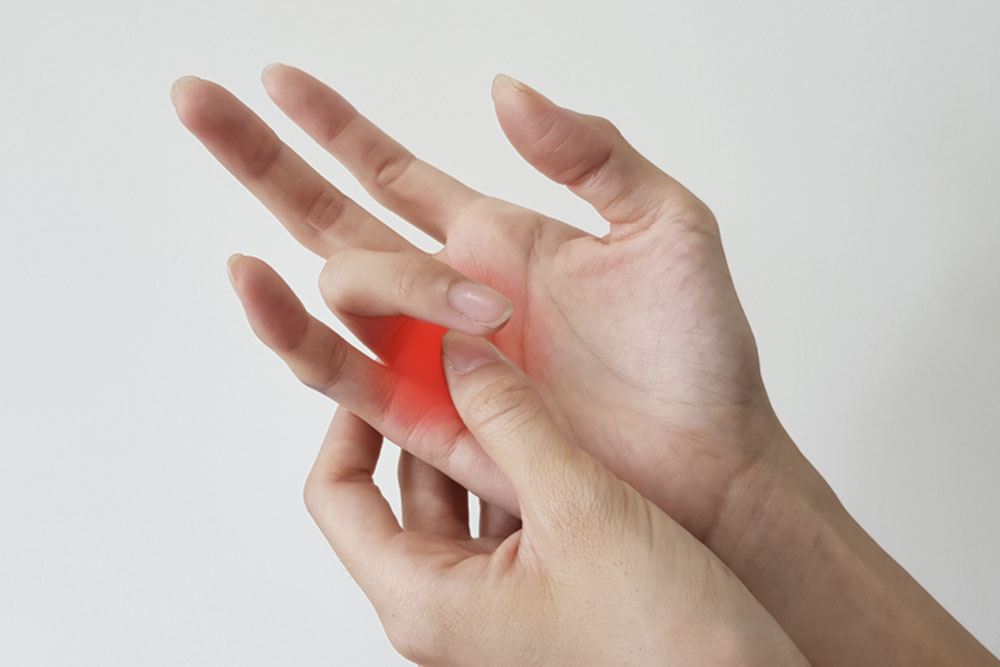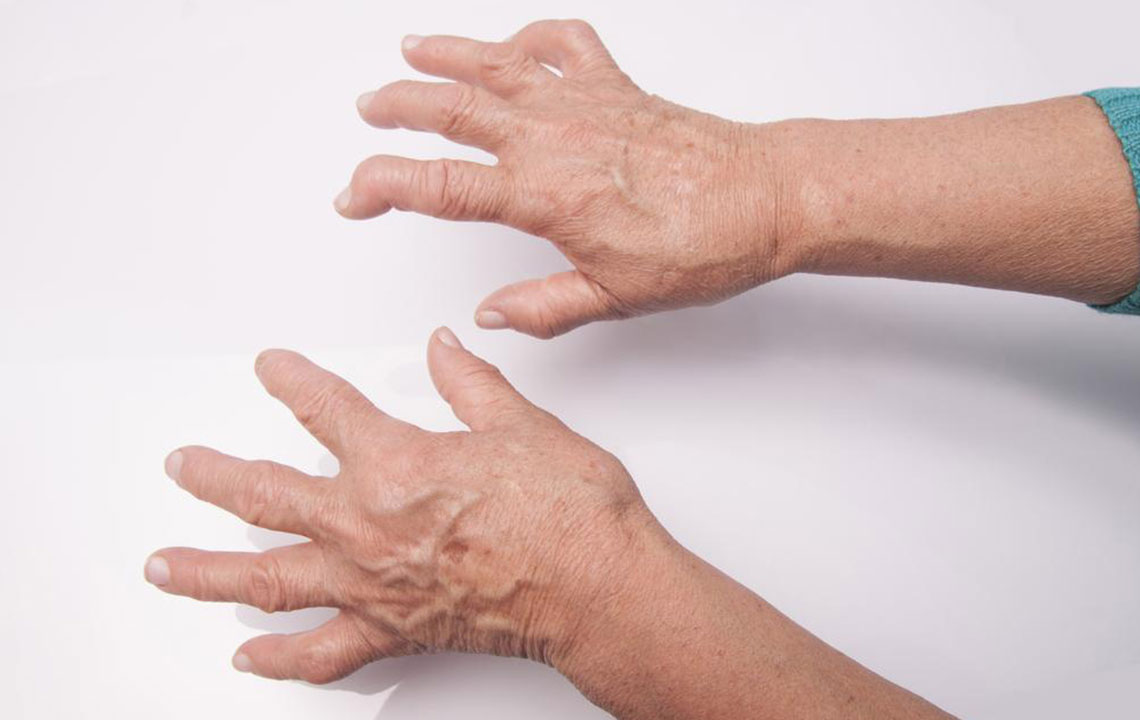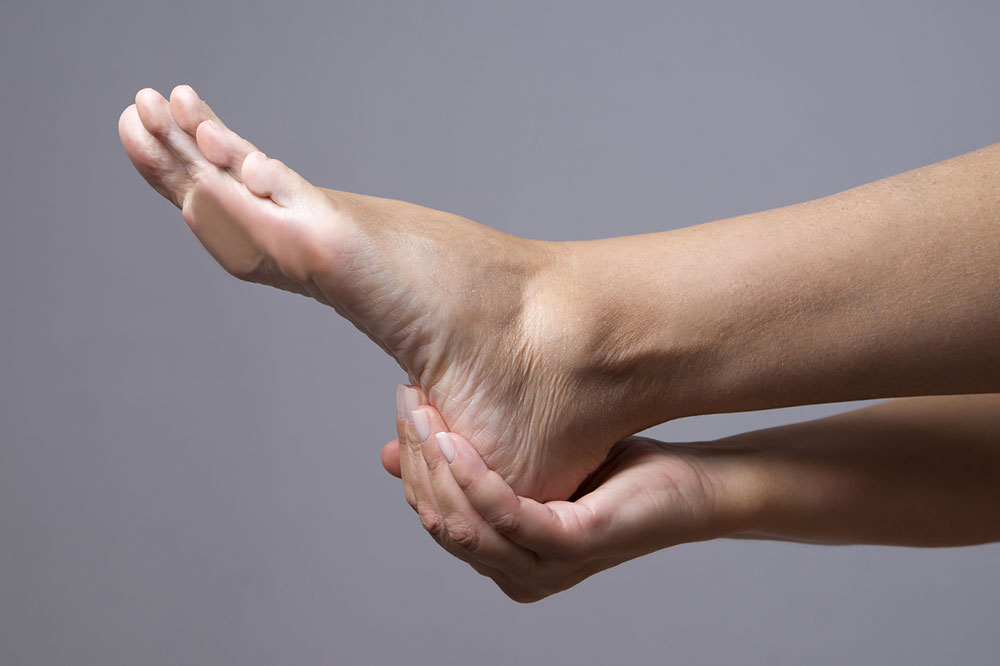Understanding Trigger Finger: Types, Causes, and Prevention
This article explains the different types of trigger finger, their causes, and practical ways to prevent and manage the condition. It highlights factors like inflammation, repetitive use, and underlying health issues that contribute to trigger finger in both adults and children, emphasizing the importance of proper finger care and exercises.

Understanding Trigger Finger: Types, Causes, and Prevention
Trigger finger, also called stenosing tenosynovitis, is a condition where a finger or thumb becomes stuck in a bent position and snaps straight, similar to pulling a trigger. It occurs when the tendons guiding finger movement cannot slide smoothly back into place. This condition can affect any finger or thumb, with varying severity. Types of trigger finger include primary, caused by tendon sheath inflammation, and secondary, related to underlying health issues like diabetes or rheumatoid arthritis.
The root causes involve inflammation or thickening of the tendons and their sheaths, often due to repetitive motions, injury, or infections. Factors such as age, genetics, and chronic health conditions influence susceptibility. In children, trigger finger often affects the thumb and may require surgical correction if severe. Preventative measures include avoiding overuse, regular finger exercises, and resting the fingers to maintain flexibility and strength.
Though triggers vary, maintaining healthy movement habits can help reduce risks. Always consult healthcare providers for proper diagnosis and treatment options.










